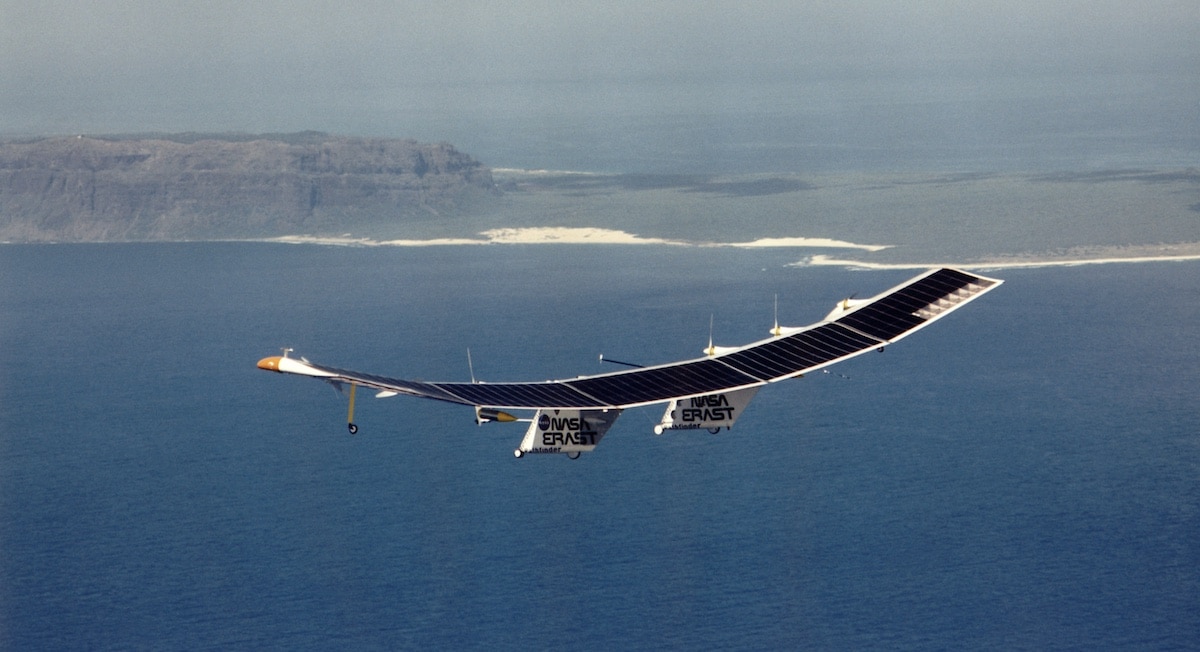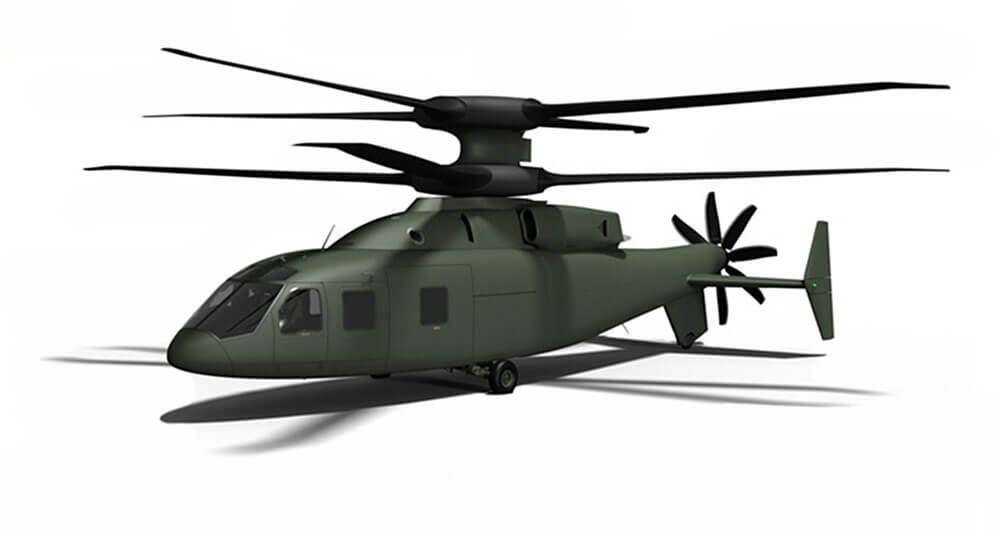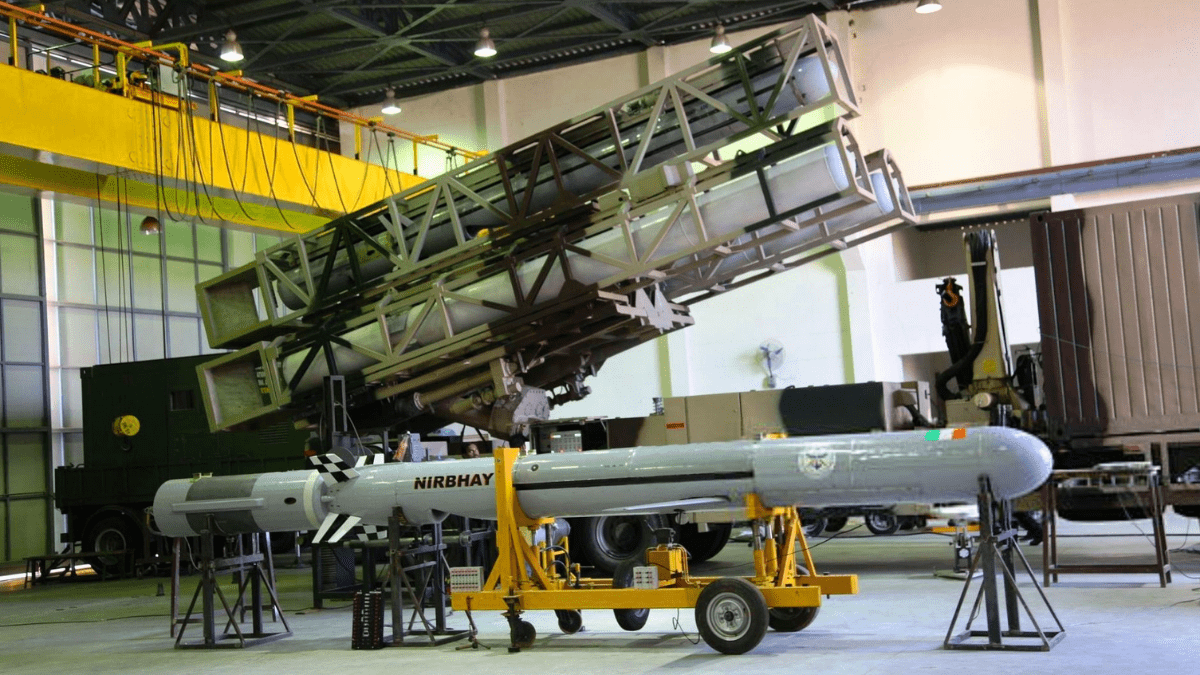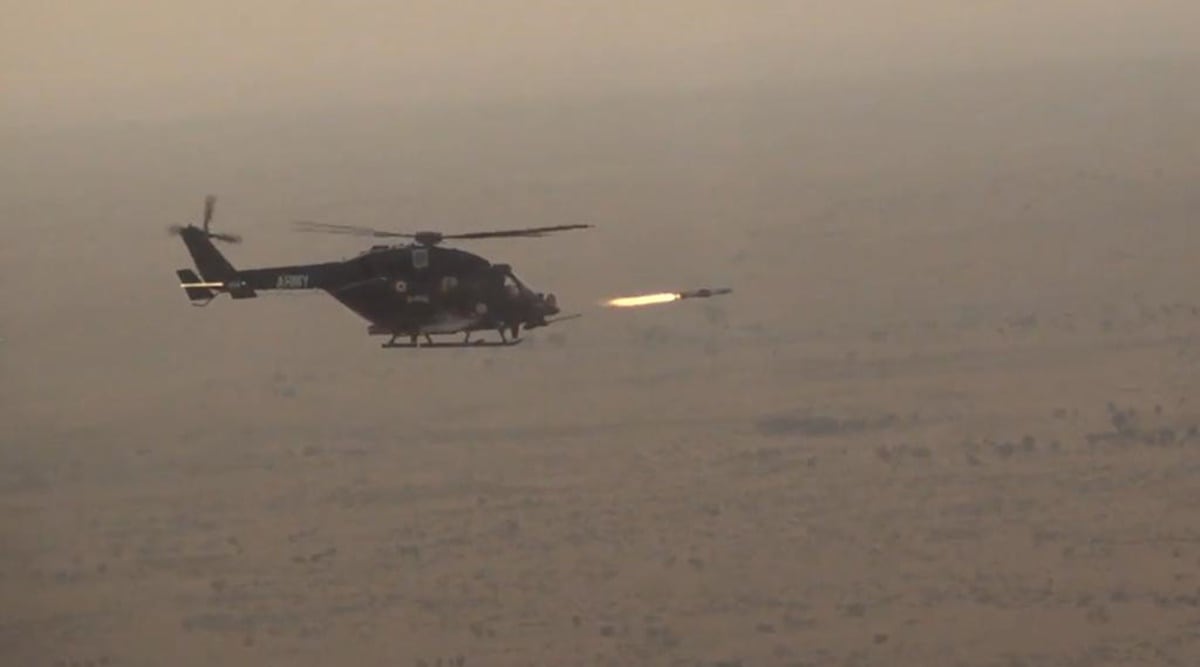SOURCE: RAUNAK KUNDE / NEWS BEAT / IDRW.ORG


In a significant move to bolster its artillery firepower and enhance its capabilities in the event of conflict in the region, the Indian Army has embarked on a mission to develop a cutting-edge long-range, mobile, precision rocket system. This initiative seeks to further strengthen India’s defensive capabilities, ensuring it remains well-prepared to address various potential scenarios in the ever-evolving security landscape.
The Defense Research and Development Organization (DRDO) is at the forefront of this project. DRDO has previously showcased its expertise with the development of the Pinaka family of autonomous rocket artillery systems. The Pinaka system has proven highly effective in providing artillery support with precision and reliability.
Continue readingSOURCE: RAUNAK KUNDE / NEWS BEAT / IDRW.ORG


The Indian Army has decided to extend the operational life of the 105 mm Indian Field Gun (IFG) for an additional two decades, ensuring its continued presence in the army’s arsenal. This decision comes as the army modernizes its artillery capabilities, with plans to standardize on 155mm artillery systems.
The 105 mm Indian Field Gun (IFG), originally developed by the Armament Research and Development Establishment (ARDE) in the early 1970s, has proven its reliability and adaptability over the years. While the Indian Army has been in the process of inducting advanced artillery systems like the M777, and Dhanush and upgrading Soviet-era M-46 Field Guns from 130mm to 155mm, the IFG’s unique capabilities make it indispensable in certain operational scenarios.
Continue readingSOURCE: RAUNAK KUNDE / NEWS BEAT / IDRW.ORG


The Indian Air Force (IAF) has taken a significant step towards enhancing its capabilities with the issuance of an Expression of Interest (EOI) for the Indigenous Design, Development, and Manufacturing of a Collaborative Long Range Target Saturation/Destruction System. This innovative initiative aims to leverage the potential of swarm drones to achieve mass and numerical superiority in missions targeting enemy airfields, air defence (AD) systems, and radars.
The envisioned swarm drone system comprises multiple drones equipped to operate effectively in dense electronic warfare (EW) environments. These drones are designed with autonomy in navigation, target selection, and evasion, enabling them to undertake missions at long ranges exceeding 1000 kilometres from the launch base.
Continue readingSOURCE: RAUNAK KUNDE / NEWS BEAT / IDRW.ORG


The Indian Air Force (IAF) is taking strides towards enhancing its surveillance capabilities with the issuance of an Expression of Interest (EOI) for the Indigenous Design, Development, and Manufacturing of High Altitude Pseudo Satellite (HAPS).
The need for an innovative solution arises from the absence of technology capable of providing extended and continuous surveillance over an area. High Altitude Pseudo-Satellite (HAPS) emerges as a promising solution—a solar-powered unmanned aircraft system designed to operate at high altitudes for prolonged durations, above the troposphere. Equipped with mission-specific sensors, HAPS offers the potential to significantly enhance the IAF’s ability to fulfil its primary responsibilities and gather mission-critical data.
Continue readingSOURCE: RAUNAK KUNDE / NEWS BEAT / IDRW.ORG


Officials from Hindustan Aeronautics Limited (HAL) have confirmed their consideration of the Future Vertical Lift program under Project Lakshya. This development comes after the commencement of work on the 13-ton Indian Multi-Role Helicopter (IMRH), which is being developed to meet the requirements of both the Indian Air Force and the Indian Army. These requirements include replacing nearly 400 ageing Russian-supplied Mi-17-I Medium Class Helicopters over the next two decades.
While no specific timeline has been provided for the Future Vertical Lift program, insiders suggest that the IMRH design may be optimized in the future. This optimization could involve incorporating two counter-rotating rigid blades that rotate in opposite directions, along with a rear pusher prop.
Continue readingSOURCE: RAUNAK KUNDE / NEWS BEAT / IDRW.ORG


The Indian Army’s quest for Light Armoured Multipurpose Vehicles (LAMV) is gaining momentum with the Defense Acquisition Council (DAC) granting Acceptance of Necessity (AoN) for the procurement of 800 LAMVs. This acquisition is intended for the Mechanised Infantry and Armoured Corps, following a Request for Information (RFI) issued by the Indian Army.
Insiders familiar with the matter have revealed that four major domestic automobile companies in India responded to the RFI last year. With the AoN approval in place, the final evaluation and trial phases are expected to commence shortly.
Continue readingSOURCE: RAUNAK KUNDE / NEWS BEAT / IDRW.ORG


The Indian Air Force (IAF) has taken a significant step in bolstering its defence capabilities by issuing an Expression of Interest (EOI) for the development and manufacturing of a Long Range Land Attack Cruise Missile.
The IAF’s vision includes the creation of a long-range cruise missile with a range exceeding 1000 kilometres, capable of reaching speeds of up to 0.8 Mach, all while maintaining cost-effectiveness to allow for mass deployment. This missile is expected to feature independent navigation, support multiple types of warheads, and be tailored for land-based targets.
Continue readingSOURCE: RAUNAK KUNDE / NEWS BEAT / IDRW.ORG
1.png)

The Indian Army has successfully inducted and operationalized two regiments of indigenous Dhanush artillery systems in high-altitude areas along the Northern Borders. Each regiment comprises 18 guns, marking a significant milestone in India’s defence capabilities.
The Dhanush artillery systems, based on the Swedish Bofors guns, underwent extensive validation and testing to ensure their reliability and effectiveness in challenging terrain. These systems have been strategically positioned to enhance India’s defence posture along its Northern Borders.
Continue readingSOURCE: RAUNAK KUNDE / NEWS BEAT / IDRW.ORG


Hindustan Aeronautics Limited (HAL), a state-owned Indian company, is planning to carry out trials of the indigenous Helina (the Army version) and Dhruvastra (IAF version) anti-tank guided missile systems from the Light Combat Helicopter (LCH) Prachand. This decision comes despite the weapon system already receiving clearance for operational usage from the Advanced Light Helicopter (ALH) platform, which shares similar avionics and systems.
Insiders familiar with the matter have revealed that these trials are not aimed at evaluating the missiles’ capabilities in terms of minimum and maximum range. Instead, they are part of a mandatory checklist to approve their operational usage from a new platform, the LCH Prachand, even though these missiles have been tested extensively from the ALH-MkIV Rudra Attack Helicopters.
Continue reading